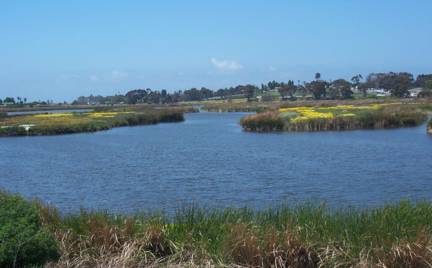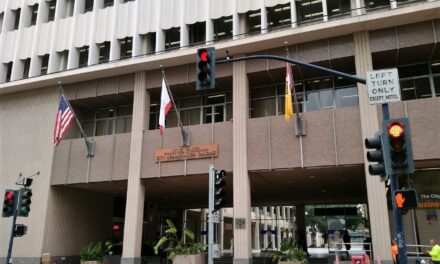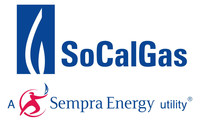
SAN DIEGO–On Friday, the SANDAG Board of Directors, which includes local leaders from every part of the region, adopted a resolution to allow the Buena Vista Lagoon to connect directly with ocean waters to flush out the sediments.
The Buena Vista Lagoon has accumulated sediment during the last 30 years, which has resulted in the loss of more than 60 acres of open water. Current conditions have resulted in poor water quality, increased flooding, increased mosquitos and risk of mosquito-borne diseases, and general ecological decline of the lagoon. Without restoration, experts predict the lagoon has no more than 50 years until vegetation takes over and closes the lagoon.
“This is really a good news story and one we should celebrate,” said SANDAG Chair and Poway Mayor Steve Vaus. “SANDAG staff has done an incredible job bringing all sides together to reach consensus. We are so pleased to see that the homeowners most affected by a change in the lagoon were able to come together with the cities’ and state agency staff and work out this modified plan. It is more important than ever to preserve natural habitats, such as the Buena Vista Lagoon, to ensure it is sustainable for years to come.”
The Buena Vista Lagoon is straddled by Interstate 5 and forms the boundary between the cities of Carlsbad and Oceanside. It runs from the Pacific Ocean on the west to Jefferson Street on the east. It is fed by the Buena Vista Creek.
The lagoon and associated wetland habitat spans about 220 acres. In 1969, the lagoon was set aside as California’s first ecological reserve. It is primarily owned by the Department of Fish and Wildlife. It attracts native and migratory birds, is open for fishing and hiking, and has a small nature center located on the grounds.
In November 2018, SANDAG completed an Environmental Impact Report (EIR) and presented it to the SANDAG Board of Directors for certification. The EIR was controversial because it recommended the lagoon become a saltwater lagoon. Members of the public made comments both in support and in opposition of the recommended enhancement. In response, the SANDAG Board postponed certifying the EIR to allow more time to develop consensus with homeowners, state and federal agencies, and local cities, around a single plan.
SANDAG Principal Regional Planner Keith Greer, who led SANDAG’s efforts for a plan compromise, said “The final deal took longer than expected but it was well worth the wait. Now all parties have a common goal and we can work together to secure funding and help restore the Buena Vista Lagoon to a vibrant, thriving preserve for nature and its visitors to enjoy.”
Last week, the Carlsbad City Council unanimously approved the modified saltwater plan.
Letters in support of the proposal were received from the private property owners around the lagoon inlet, the California Department of Fish and Wildlife, California Coastal Commission, the Buena Vista Audubon Society, and the Sierra Club.
The lagoon restoration has more than a decade of history. When state and local jurisdictions could not come to consensus, in July 2012, the cities of Oceanside and Carlsbad requested that SANDAG serve as the new lead agency under the California Environmental Quality Act (CEQA) to study best alternatives to enhance the Buena Vista Lagoon. The State of California suspended its efforts one year earlier.
SANDAG assumed the task and included the lagoon as a potential mitigation option in the North Coast Corridor Interstate 5 program.
The Buena Vista Lagoon Enhancement Project has not been funded and a construction timeline has not been determined.


